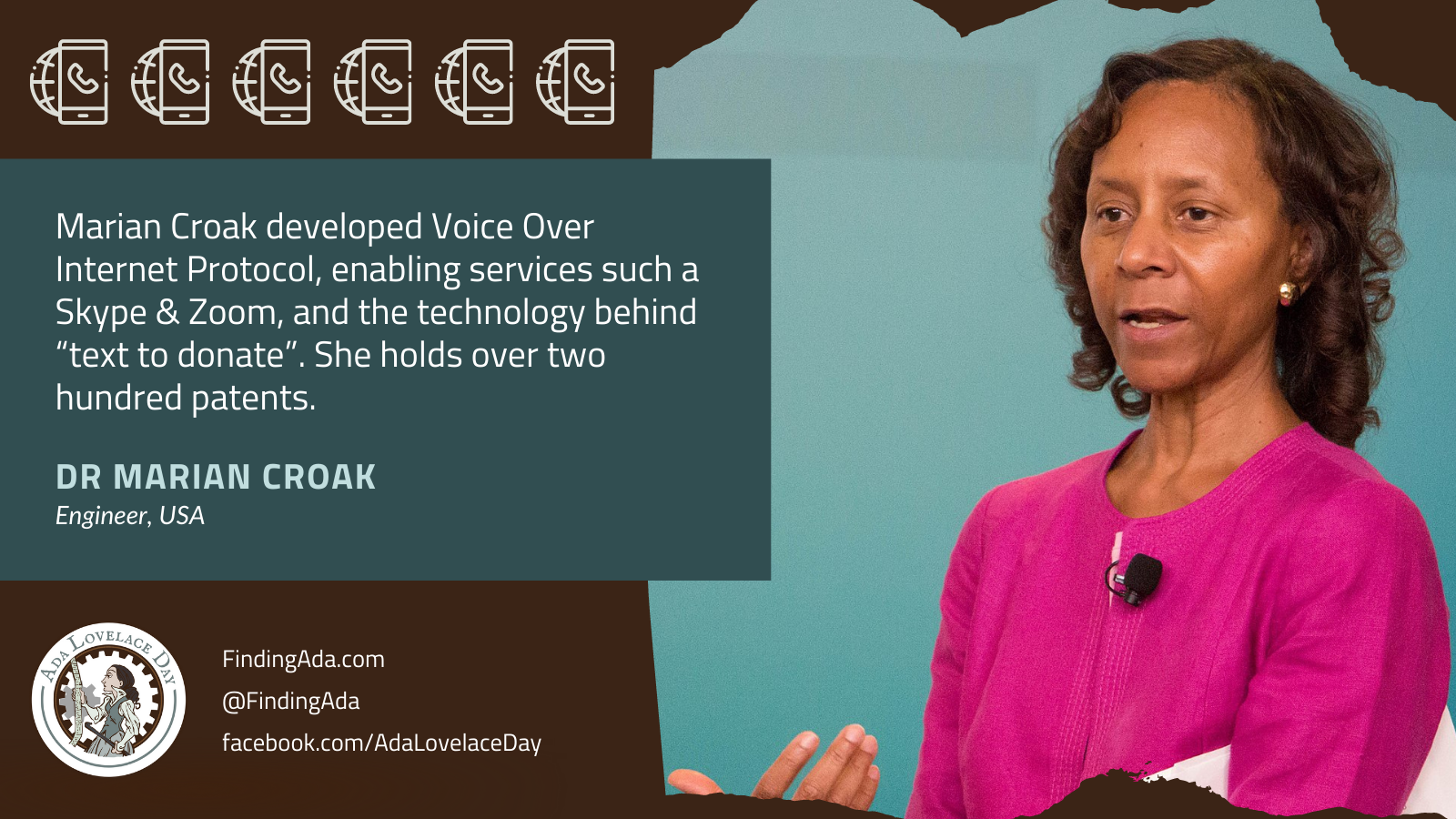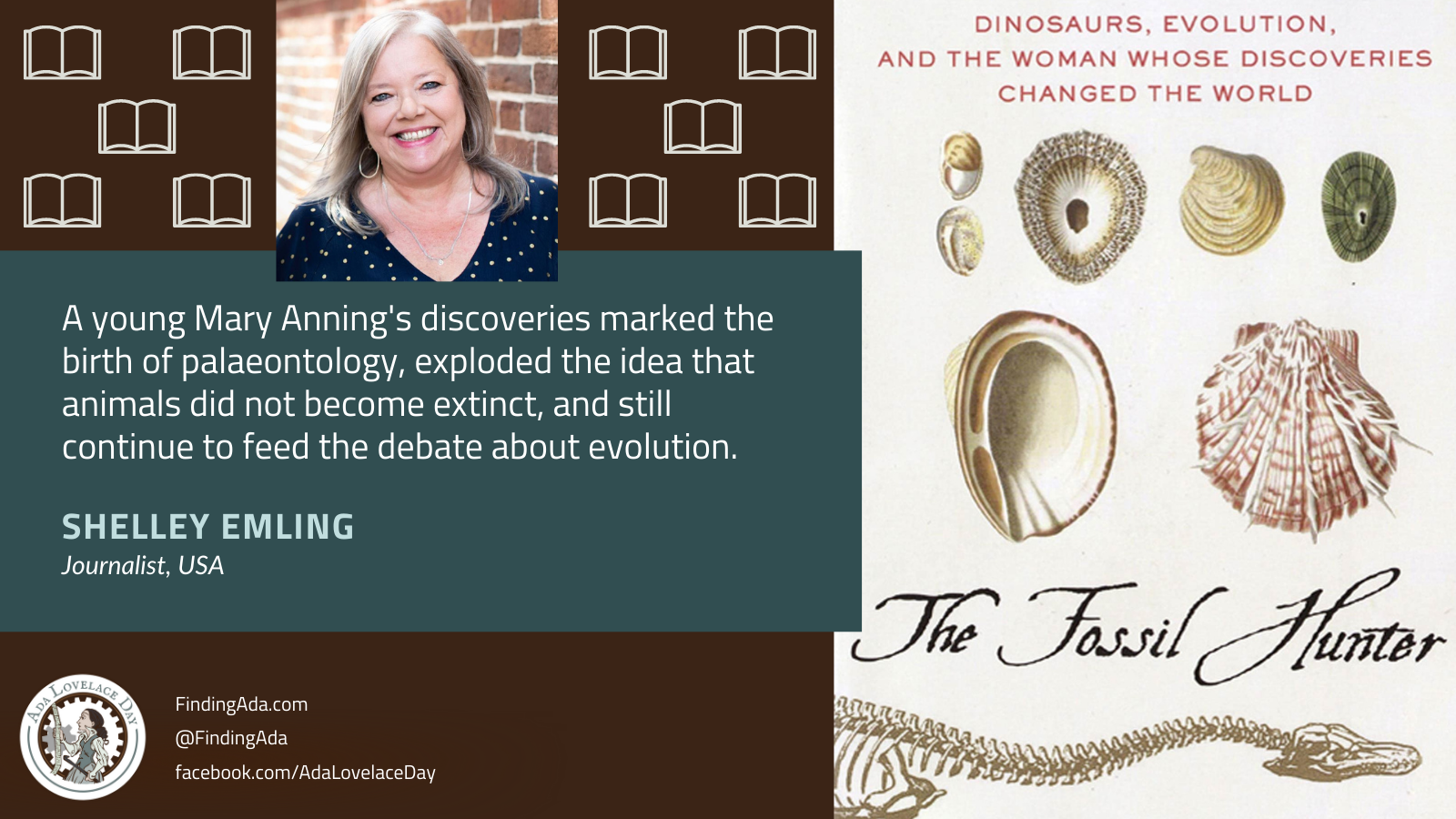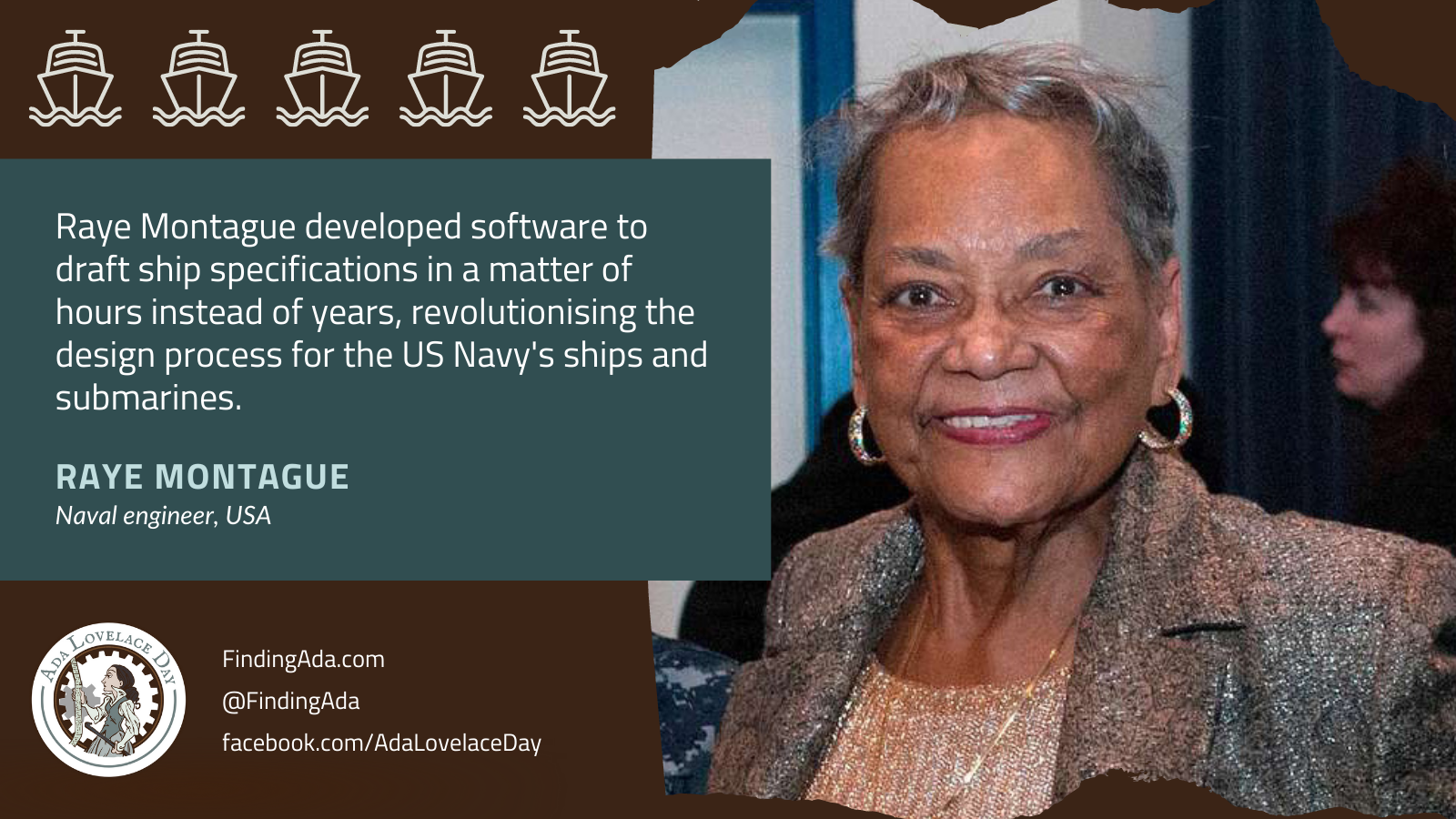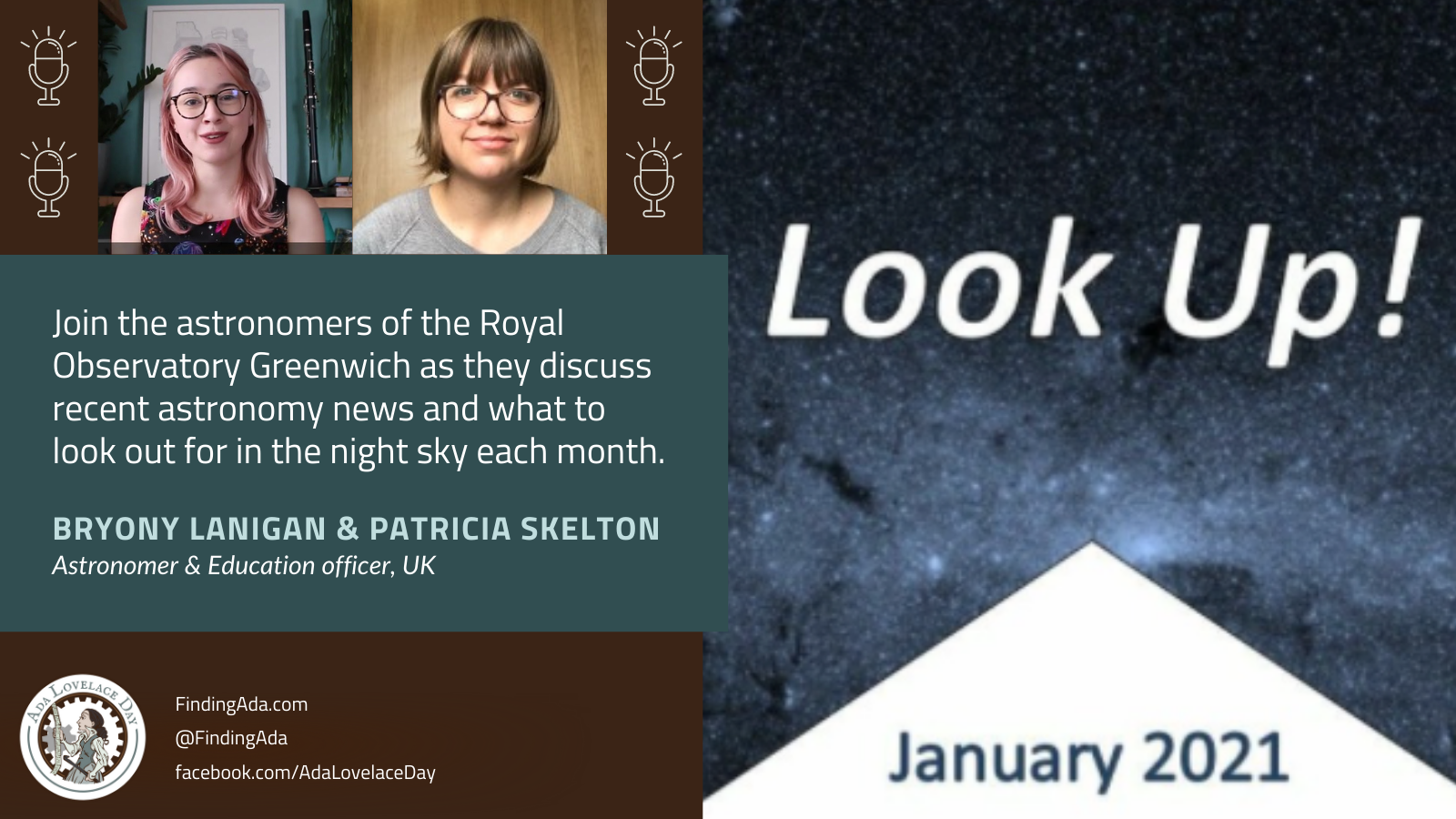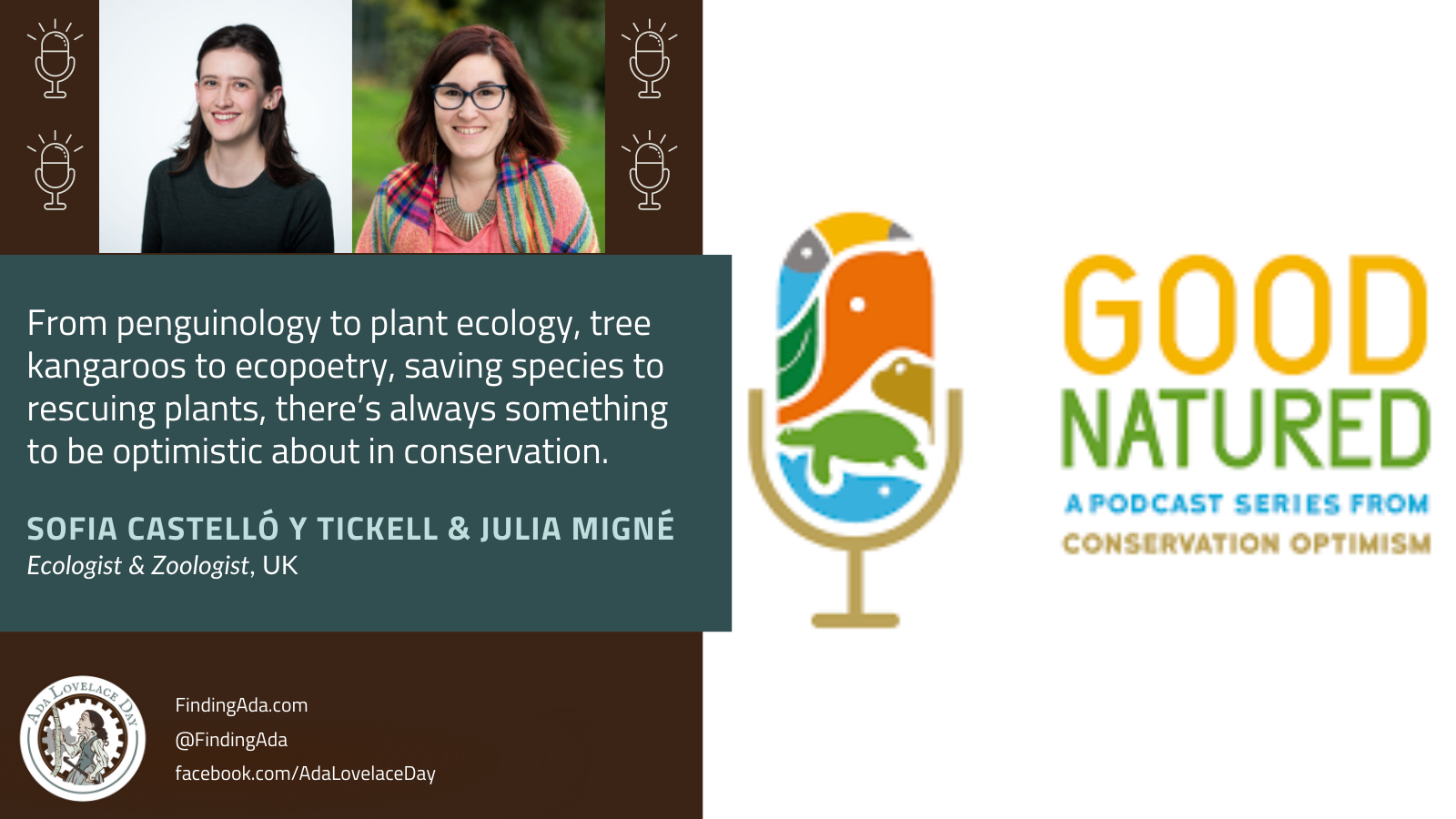
Good Natured, Sofia Castelló y Tickell & Julia Migné
Good Natured is a Conservation Optimism podcast, where you can listen to uplifting chats that shine a light on conservation challenges. In each episode, Sofia Castelló y Tickell & Julia Migné interview an inspiring conservationist (including a penguinologist. Yes, really.). Their guests come from a variety of backgrounds – artists, scientists, business owners, and activists – and engage with conservation in a variety of ways. They talk about their challenges and successes, and their hopes for the future of nature.
Recent episodes include:
- conservationist Rachel Ashegbofe Ikemeh talking about conserving chimpanzees, the importance of mentorship, and being a woman in the field;
- penguinologist Tom Hart on the dynamics of polar ecosystems and creating a sense of home in remote places; and,
- plant ecologist Sara Lil Middleton about seeing beyond the “green carpet” to understand grasses and climate change and her work to promote equality and diversity in the biological sciences.
You can follow their work here:
Twitter: @SofiaAtSea, @JuliaMigne and @ConservOptimism
LinkedIn: linkedin.com/in/sofiacastello and linkedin.com/in/julia-mign%C3%A9-16b80a76
Website: scyt.weebly.com
